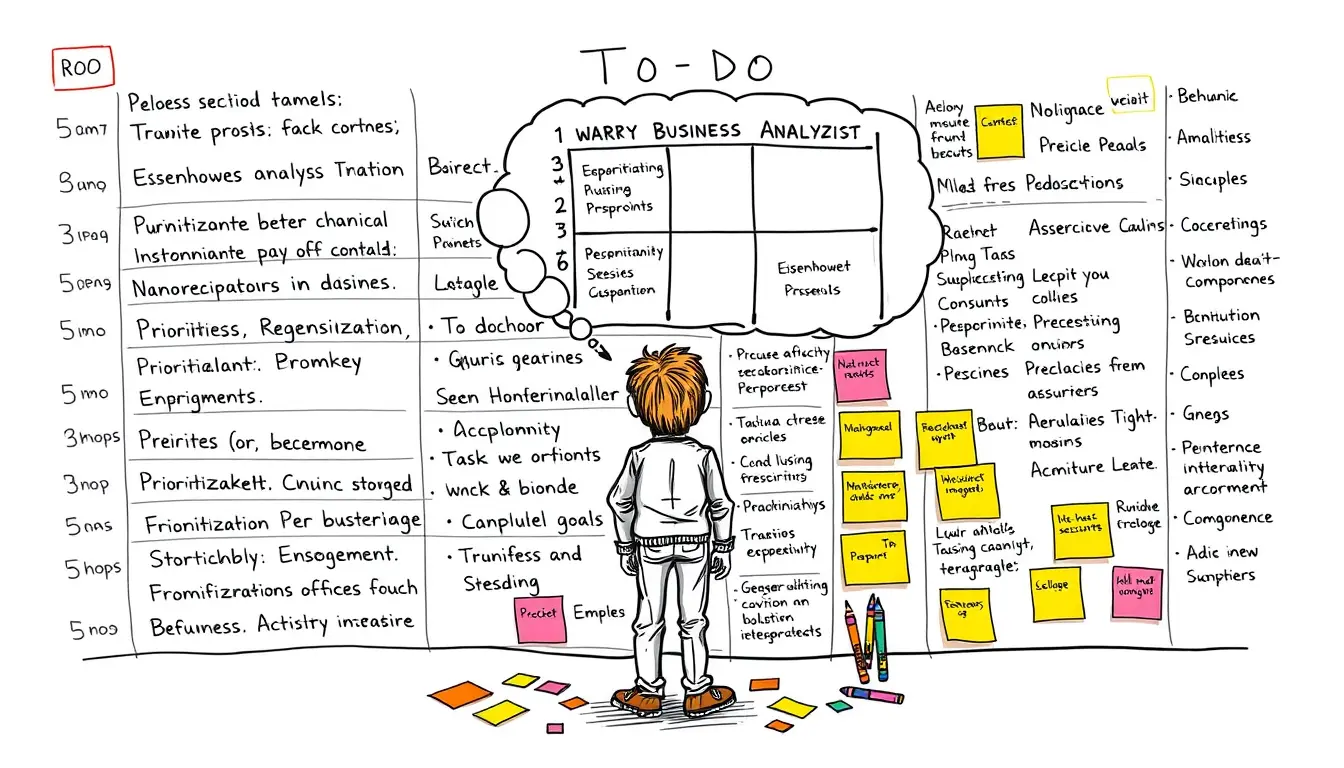Prioritization

Applying Pareto Analysis to Identify the Biggest Opportunities
“Discover the power of Pareto Analysis to prioritize and maximize your potential for success. Uncover the biggest opportunities with this technique!”

How to Define MVP Requirements with MoSCoW Prioritization
“Master the art of prioritizing MVP requirements with MoSCoW method! Our step-by-step guide will help you deliver the most valuable product to your customers.”

Avoiding Analysis Paralysis with Simple Prioritization Frameworks
“Escape the endless loop of overthinking with these practical prioritization frameworks. Learn how to make decisions with ease and clarity. #productivity”

Prioritizing Features Using MoSCoW Analysis
“Learn how to effectively prioritize feature requests using the popular MoSCoW analysis method and streamline your product development process.”

Using Risk Breakdown Structures for Effective Risk Planning Sessions
“Master the art of risk planning with risk breakdown structures. Learn how to identify, assess and manage risks in an efficient and organized way #riskmanagement”
Search
Latest Posts
Latest Comments
Categories
Archives
- December 2025 (4)
- November 2025 (30)
- October 2025 (31)
- September 2025 (30)
- August 2025 (31)
- July 2025 (32)
- June 2025 (30)
- May 2025 (31)
- April 2025 (30)
- March 2025 (31)
- February 2025 (28)
- January 2025 (31)
- December 2024 (31)
- November 2024 (30)
- October 2024 (31)
- September 2024 (171)
- August 2024 (19)



















